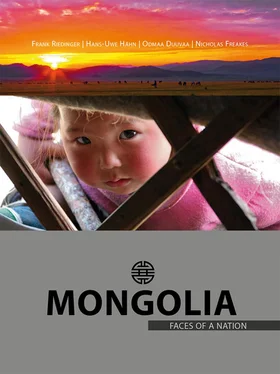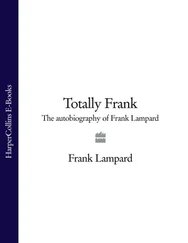One semester at the private school with two lessons a day, five days a week, costs 600 US$. This is a lot of money that not even the parents with better paid jobs can easily scrape together. For that reason, the students’ expectations of receiving a successful education are very high and they do everything in their power to achieve their dreams. After graduating in Germany, Austria or Switzerland they will return to Mongolia in order to drive the economic progress of their country forwards. “Homeland is homeland”, is the answer to my question as to where they would want to live later on. I hear this time and again during my many conversations with a very wide range of people across Mongolia.
How responsibly they approach the utilisation of the immense natural resources that Mongolia has, will have a significant, global impact. The build-up of commerce and industry, the protection of the natural environment and the improvement of living standards are also core topics that are already being critically assessed and discussed in schools and colleges. In my opinion, these young Mongolians are the highly motivated generation that the country will need in the future, as it emerges into the globalised world.

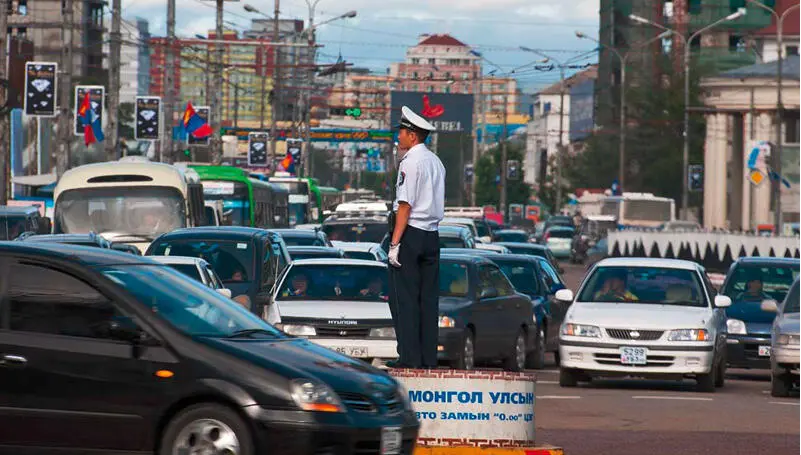
The traffic in Ulaanbaatar is getting heavier every year.

Ulaanbaatar is the capital of Mongolia and almost half of the country’s population of 3 million lives there. At 1,570,000 km2, Mongolia is over four times the size of Germany. In winter, temperatures in the “coldest capital city in the world” get down to below -40°C.
There are obvious signs of change in the country, particularly in respect of the economic situation. Up until current times, sheep, goats, cattle, horses and camels, once Mongolia’s five principal resources, have provided the cornerstone of the population’s existence. For millennia, they have been able to live well from the products of these animals; products such as wool, meat and milk. More recently, the mining of natural resources has been intensified. Coal, copper, gold and rare earth elements represent an enormous potential for the future of the country, which is facing both a cultural and an ideological metamorphosis.
The cityscape of Ulaanbaatar is dominated increasingly by large off-road vehicles. In earlier days, the mode of transport of choice was a fast Nomad horse. Today it is more usually American gas-guzzlers and other western status symbols.
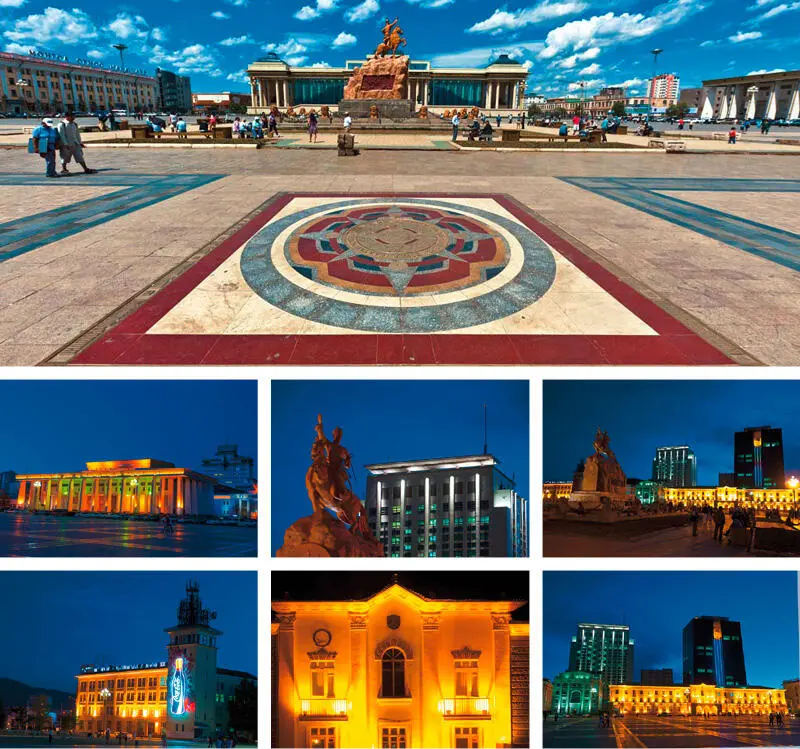
Ulaanbaatar – Sukhbaatar Square in the centre of the capital.
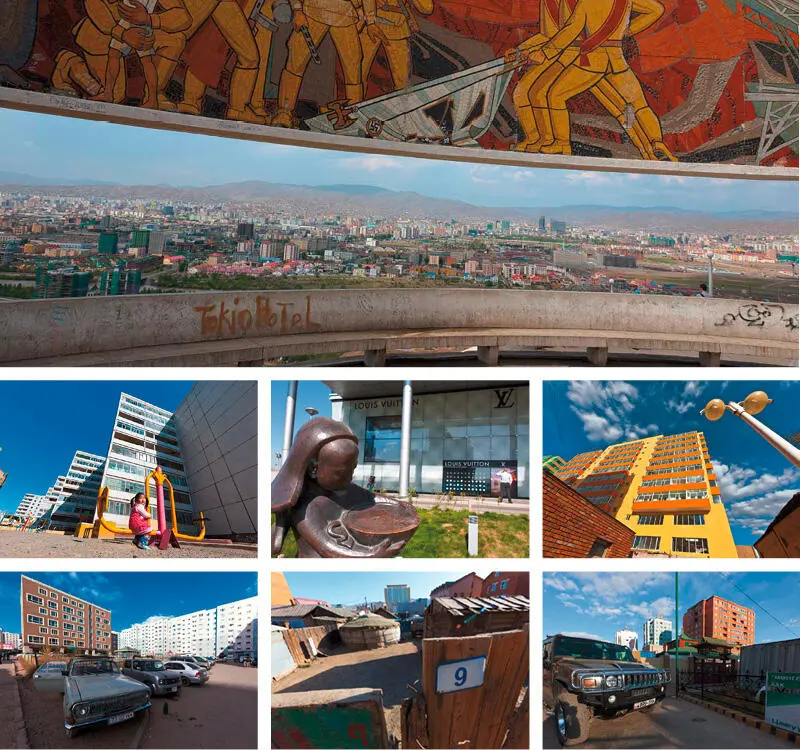
Ulaanbaatar.
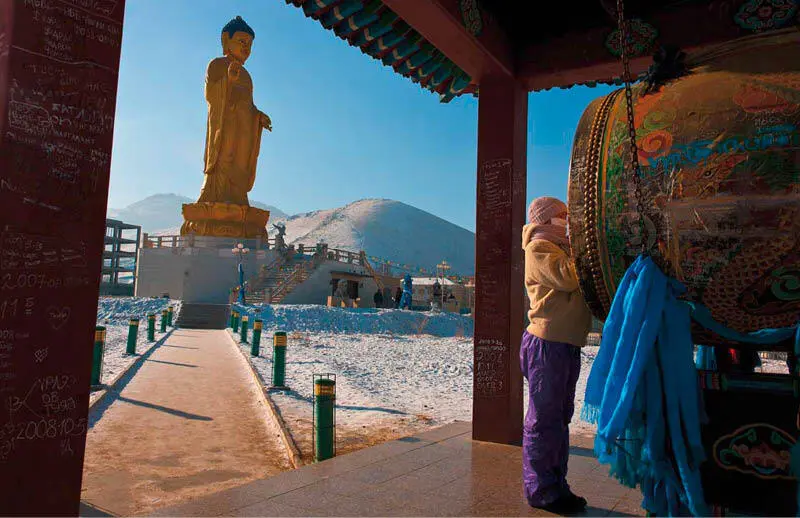
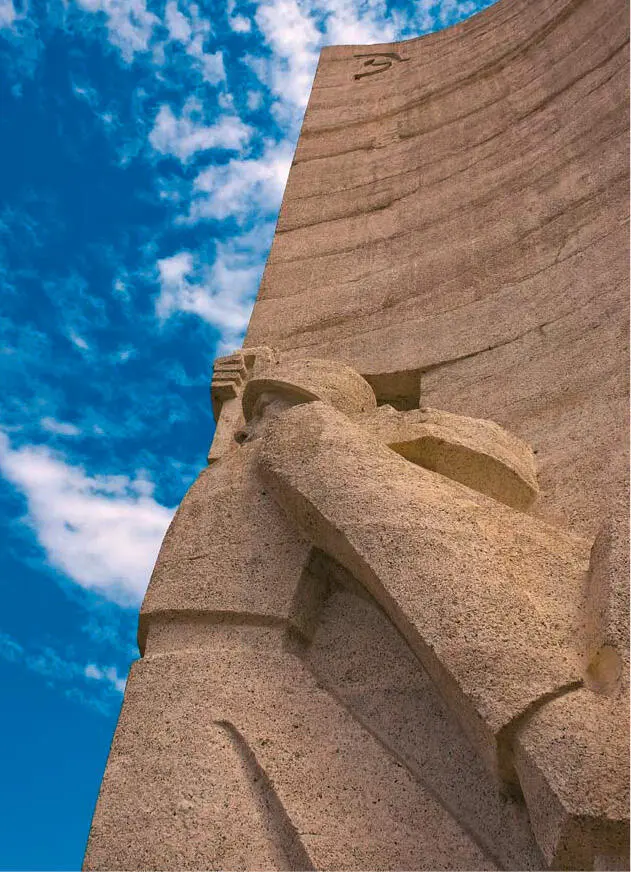

Choijin Lam Sum Temple Museum
This Buddhist monastery was established between 1904 and 1908 and at that time, it was the residence of the state Oracle. The holder of this office was Luvsankhaidav, a younger brother of the Bogd Gegeen, the first living Buddhist leader Zanabazar, who introduced Lamaism to the Mongolian people in the 17th century.
If important decisions had to be made for the state, the Oracle was called upon to pronounce on the right decision for the future. The site consists of five temples, which fortunately escaped mostly undamaged and unscathed from the anti-Lamaism campaign during the country’s socialist era. Tradition says that Choibalsan, the socialist dictator in power at the time, personally removed the site from the list of cultural heritage sites that were to be destroyed.
Most of the items on show have been collected together from different sites throughout the country. They give an interesting and richly varied overview of the historic and cultural development of Mongolia, right up to the 1930s. The museum also contains the rooms where the Oracle was sent into a trance, in order to be able to make the desired pronouncements and predictions. Again, tradition says that secret, Tantric rituals were also held here.
Throughout the temple, you will find images and statues of the green Tara of Zanabazar. She was the favourite deity of the master and is venerated at almost every family altar set up in Mongolian jurtes. One of the things most worth seeing is a bronze stupa, which was made in India in the 10th century and was brought single-handedly to Mongolia by Zanabazar. The well preserved Tsam masks are amongst the museum’s treasures. These fearsome objects originate from 18th century Tibet and were brought from there to Mongolia where, as a result, even more magnificent and impressive masks have been developed. Particularly impressive is the representation of the deity Jamsran that is decorated with about 7,000 pieces of coral.
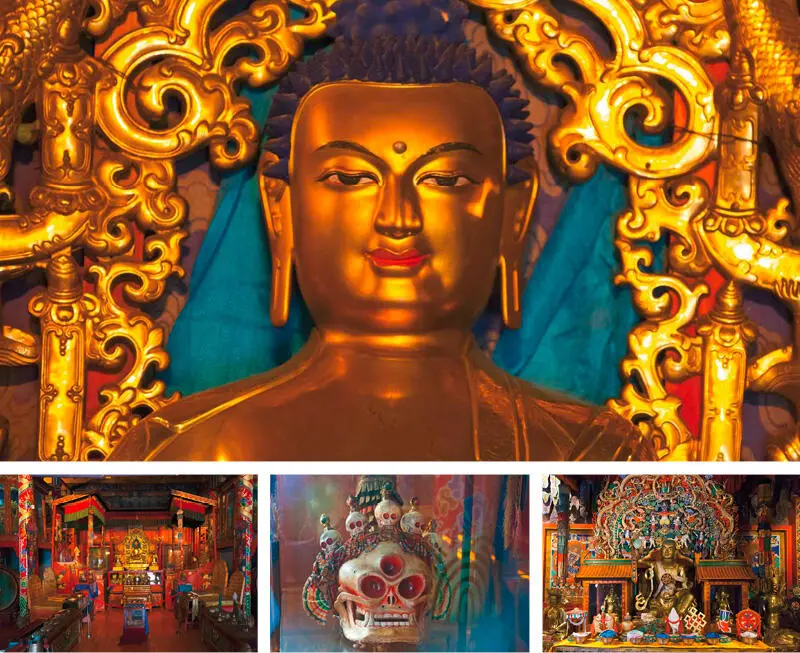
Choijin Lam Sum Temple Museum in Ulaanbaatar.
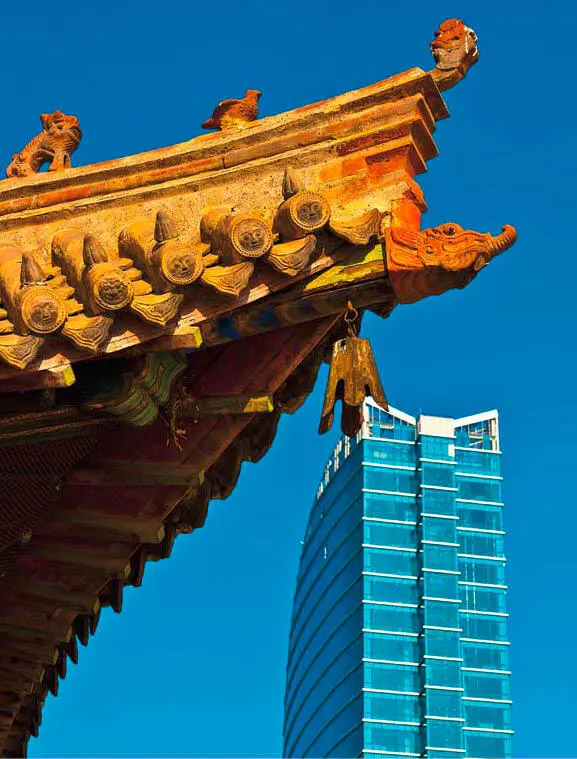
Temple Museum Choijin Lam Sum in Ulaanbaatar.
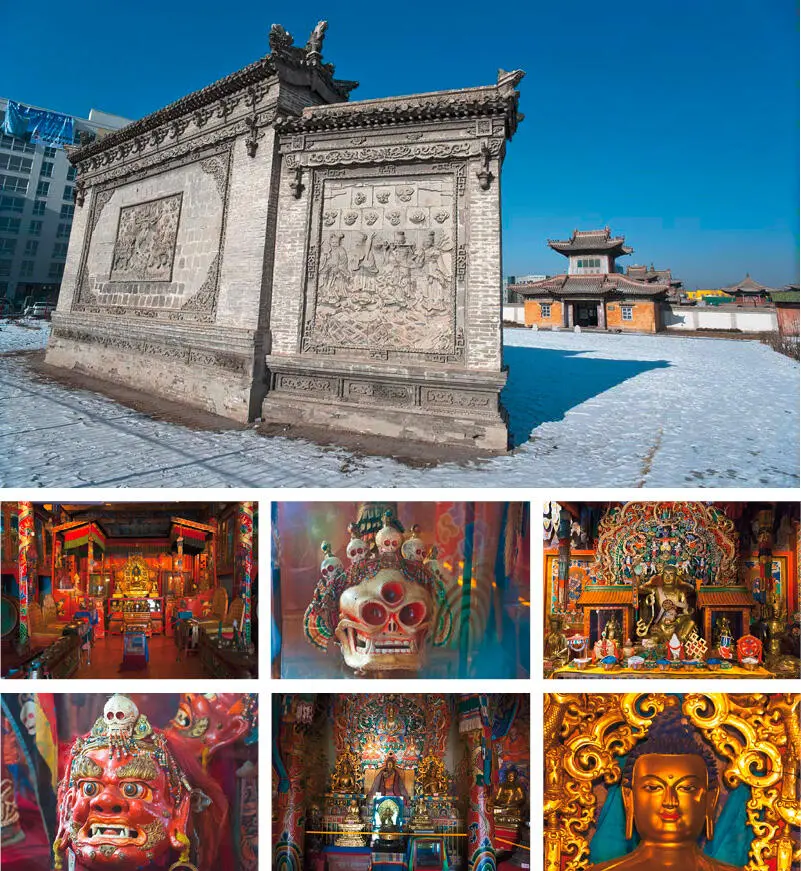
Temple Museum Choijin Lam Sum in Ulaanbaatar.

The Gandan monastery or Gandantegchinlen Khiid was established in 1838. Between 1911 and 1913, a palace was built in honour of the then eighth and last Bogd Javzandamba, with the Megjid Janaraiseg statue. The reason for the construction was the fact that Javzandamba had lost his sight. Megjid Janaraiseg means “God who watches over all living things and who looks in all directions”. At 30 metres high, it was the tallest construction in the settlement at the time. Javzandamba lived in this temple until his death. It contained a gilded statue of Buddha, 26 metres high.

Gandantegchinlen Khiid
Gandan is the most important and the largest Buddhist monastery in Mongolia and is located in the capital Ulaanbaatar. It represents the Buddhist focus for the country. During the anti-Lamaism campaign in 1937, all the larger temples in the monastery were razed to the ground and the gilded statue was also removed to be made into munitions. Nobody knew exactly where the statue was taken to. It was probably taken to the then Soviet Union. Practically all the monks in the monastery were murdered at this time. In 1944, parts of the monastery were reopened. It was only used as a place of worship rather than as a monastery in the true sense of the word. During the Communist era, the years from 1944 to 1990, there was no other place of Buddhist worship in Mongolia other than Gandan. In this time, the state administration had a certain influence on the monks and vice-versa. The highest priority was given to the control of those who professed the Buddhist faith.
Читать дальше
